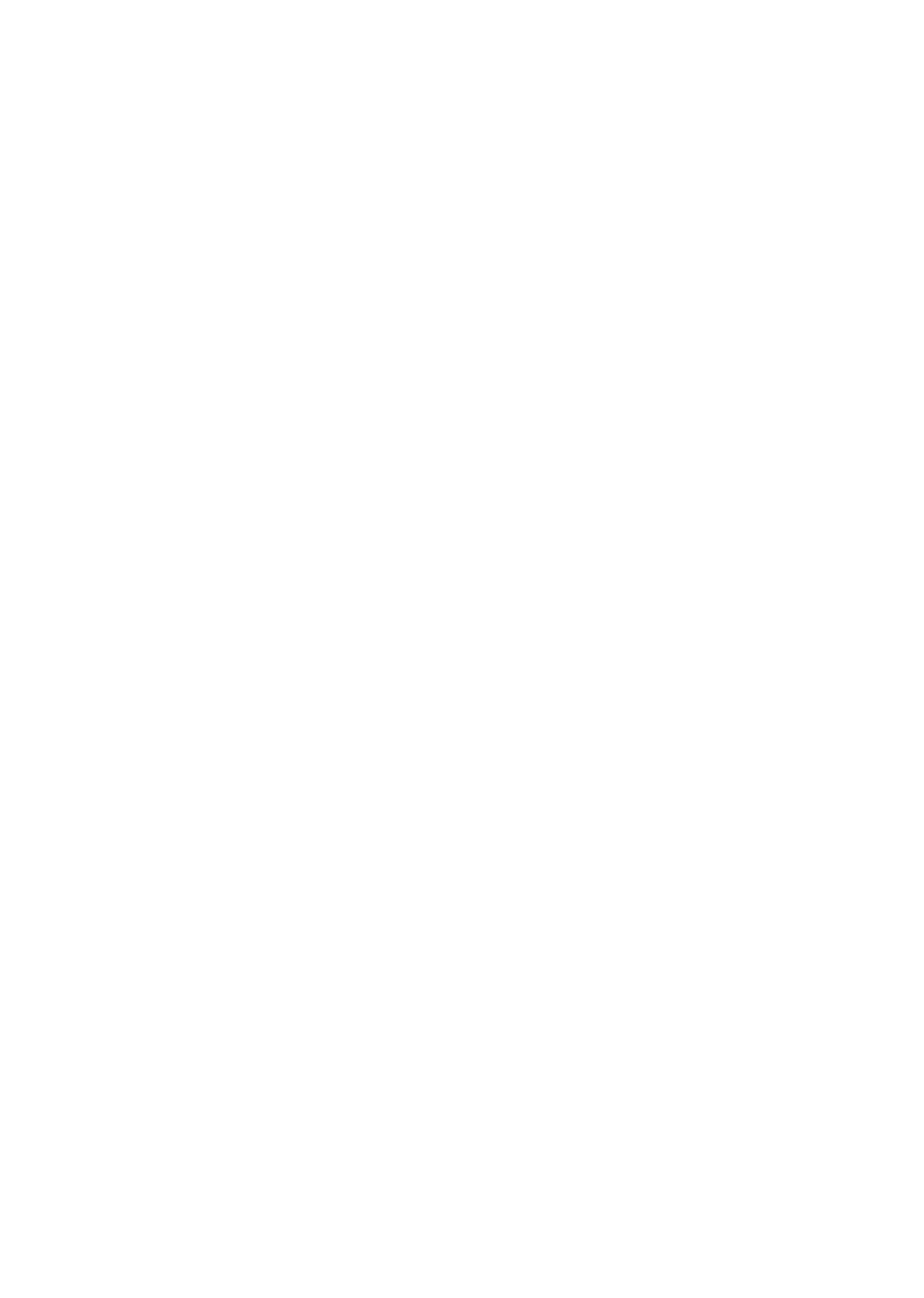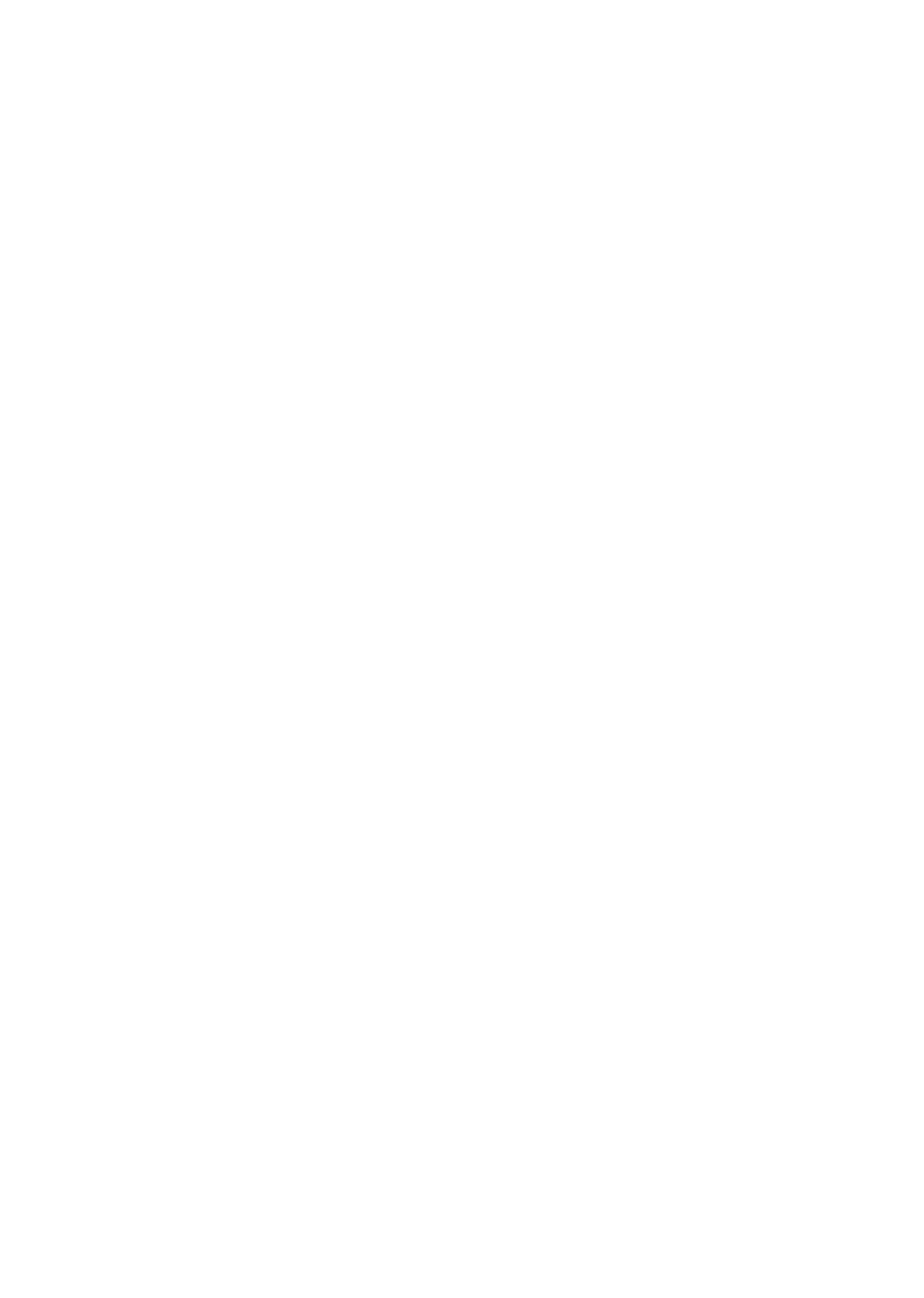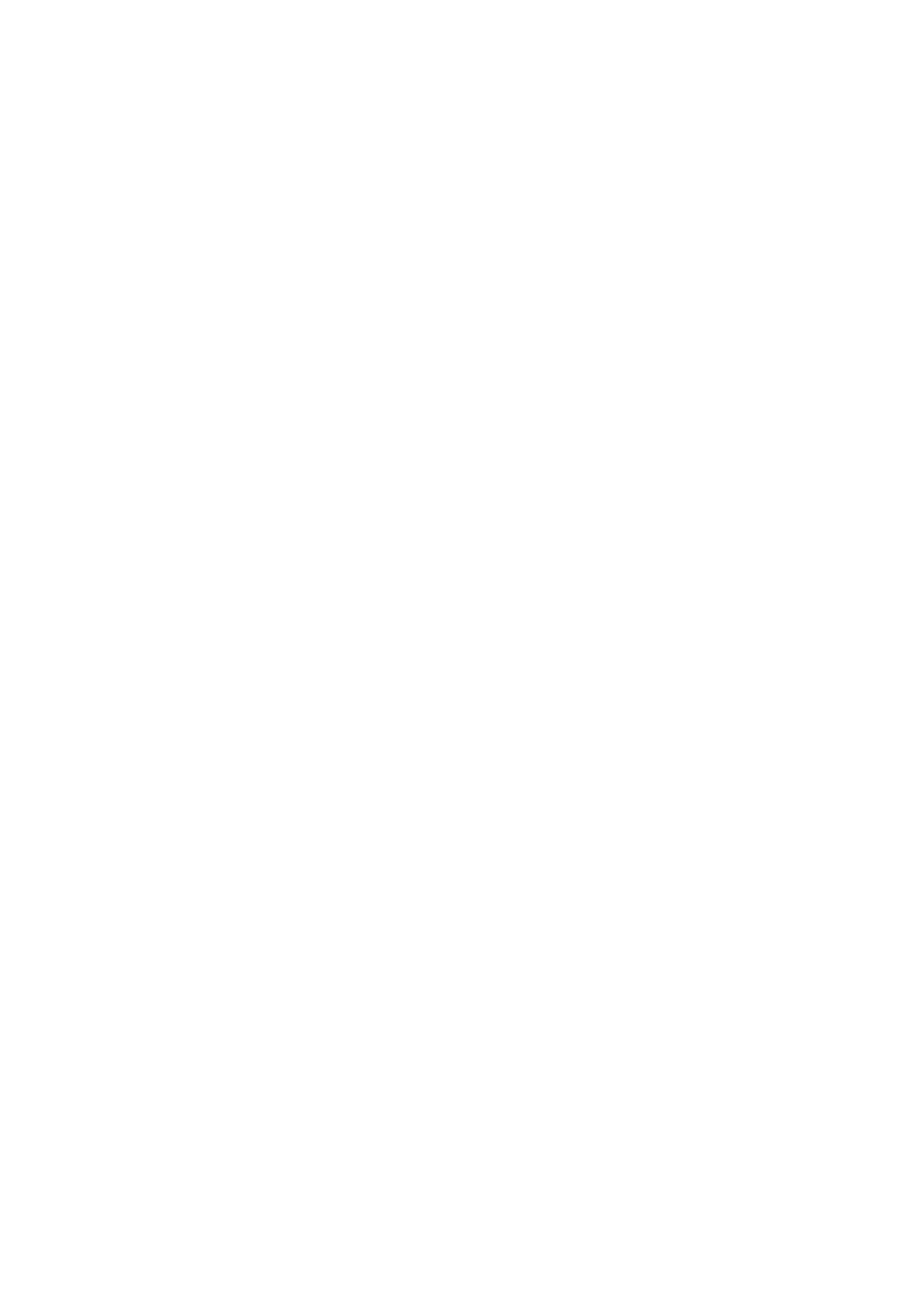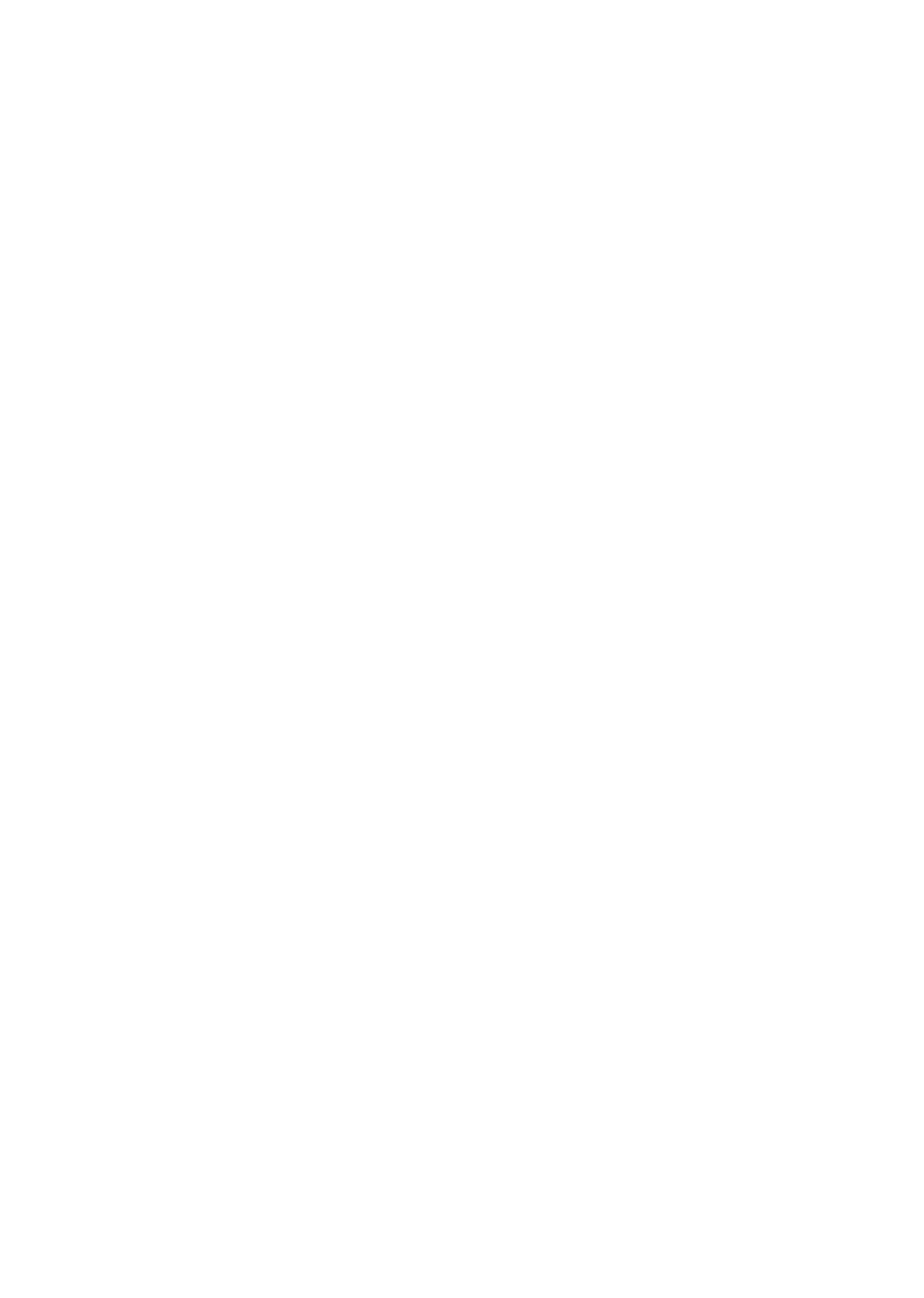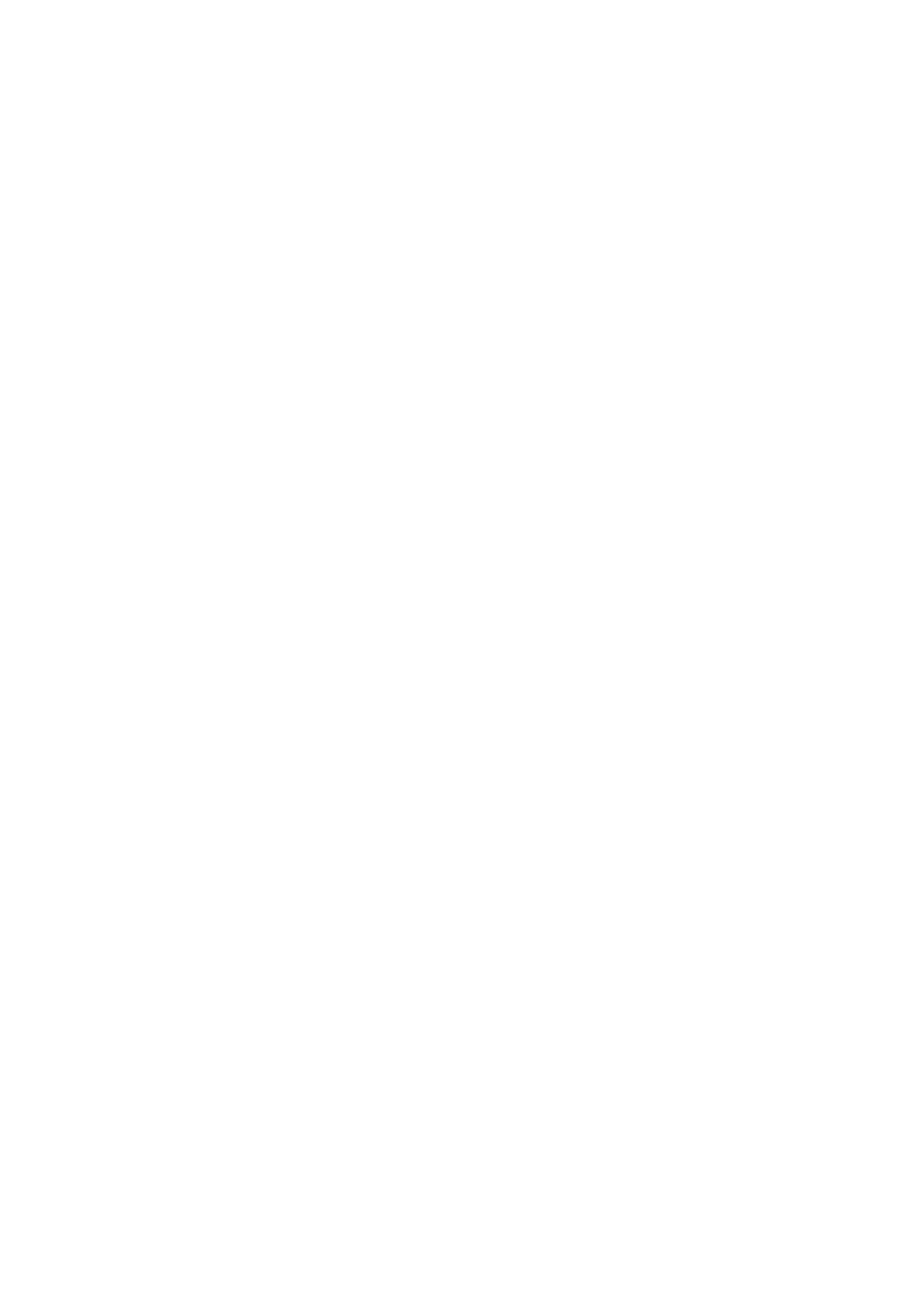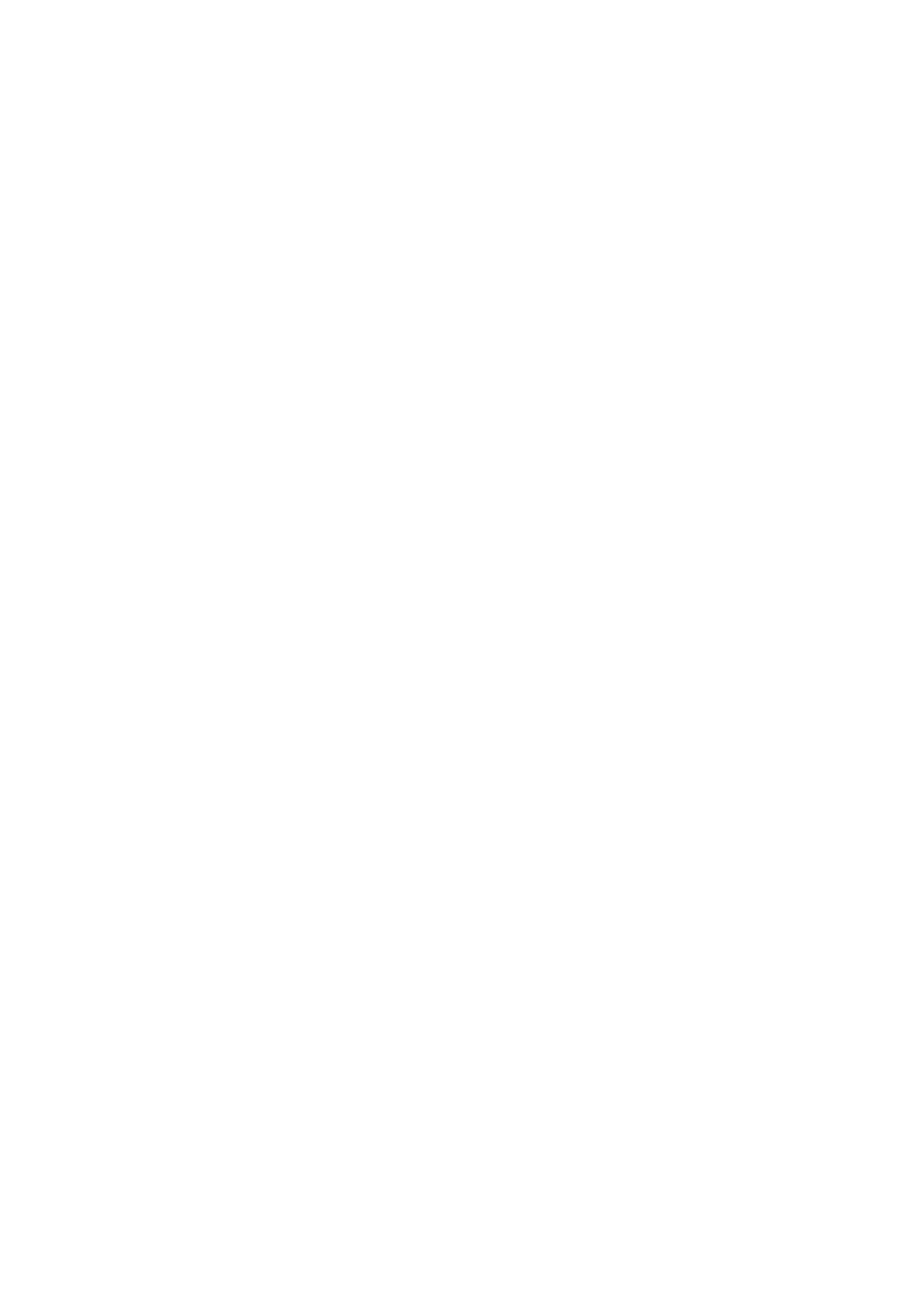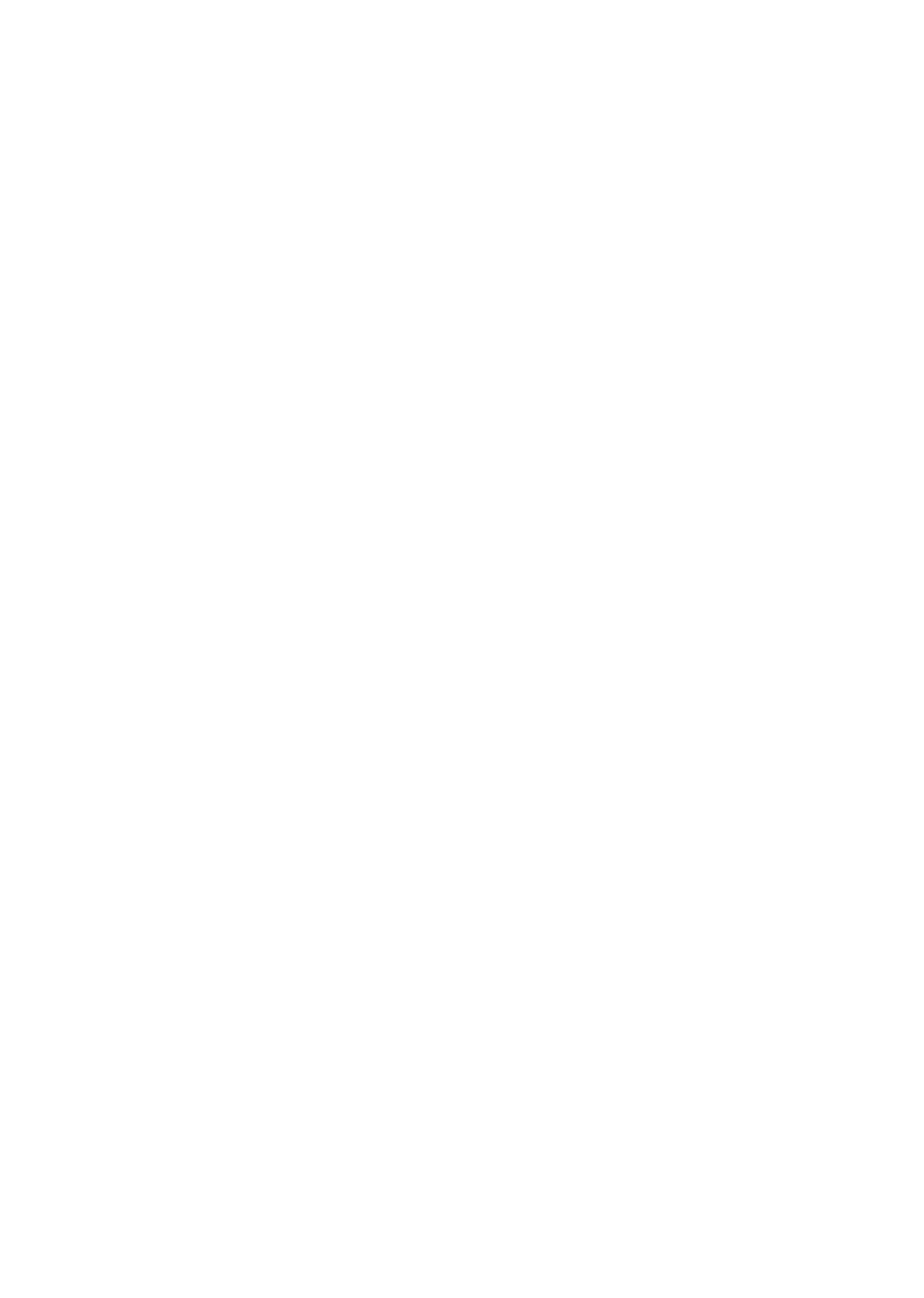RECEIVED
CLERK’S OFFICE
JUL
1
~
BEFORE THE ILLINOIS POLLUTION CONTROL BOARD
STATE OF ILLINOis
ll’4
THE MATTER OF:
)
Pollution Control Board
)
PROPOSED AMENDMENTS TO
)
R05-19
EXEMPTIONS FROM STATE
)
(Rulemaking
-
Air)
PERMITTING REQUIREMENTS
)
(35ILLADM.CODE2O1.146)
)
NOTICE OF FILING
TO:
Ms. DorothyM.
Gunri
Ms.
Amy Antoniolli
Clerk ofthe Board
Hearing Officer
Illinois Pollution Control Board
Illinois Pollution Control Board
100 West Randolph Street
100
West Randolph Street
Suite 11-500
Suite 11-500
Chicago, Illinois 60601
Chicago, Illinois
60601
(VIA FIRST CLASS MAIL)
(VIA FIRST CLASS
MAIL)
(PERSONS ON ATTACHED SERVICE LIST)
PLEASE TAKE NOTICE that I have today filed with the Office ofthe Clerk of
the Illinois Pollution Control Board an original
and nine
copies ofthe POST-HEARING
COMMENTS OF THE ILLINOIS ENVIRONMENTAL REGULATORY GROUP
IN SUPPORT OF R05-19, a copy of which is herewith served upon you.
Respectthlly submitted,
ILLINOIS ENVIRONMENTAL
REGULATORY GROU~
By:JOSa
£k~
One ofIts Attorneys
Dated:
July
14, 2005
N. LaDonna Driver
Robert A. Messina
Jeanne B. Heaton
General Counsel
HODGE DWYER ZEMAN
Illinois Environmental Regulatory Group
3150
Roland Avenue
3150 Roland Avenue
Post Office Box
5776
Post Office Box 5776
Springfield,
Illinois
62705-5776
Springfield,
Illinois
62705-5776
(217) 523-4900
(217) 523-4942
THIS FILING SUBMITTED ON RECYCLED PAPER
CERTIFICATE
OF SERVICE
I, N. LaDonna Driver, the undersigned, certify that I have served the attached
POST-HEARING COMMENTS OF THE ILLINOIS ENVIRONMENTAL
REGULATORY GROUP IN
SUPPORT OF R05-19 upon:
Ms. Dorothy M. Gunn
Clerk ofthe Board
Illinois Pollution Control Board
100 West Randolph Street, Suite
11-500
Chicago, Illinois
60601
Howard Chinn
Chief Engineer
Environmental Bureau
Office ofthe Attorney General
188 West Randolph Street,
20th
Floor
Chicago, Illinois
60601
Charles E. Matoesian
Assistant Counsel
Illinois
Environmental Protection Agency
1021 North Grand Avenue East
Post Office Box
19276
Springfield, Illinois
62794-9276
Roy M. Harsch, Esq.
Gardner, Carton & Douglas, LLP
191
North Wacker Drive,
Suite 3700
Chicago, Illinois
60606-1698
Mr. Christopher W. Newcomb
Karaganis, White & Magel, Ltd.
414 North Orleans Street, Suite 810
Chicago, Illinois
60610
A.
D. Volz
OSF Healthcare Systems
800 NE Glen Oak Avenue
Peoria, Illinois
6 1603-3200
Amy Antoniolli
Hearing Officer
Illinois Pollution Control Board
100 West Randolph Street, Suite 11-500
Chicago, Illinois
60601
Rosemarie
Cazeau, Esq.
Bureau Chief
Environmental Bureau
Office of the Attorney General
188 West Randolph Street, 20ul~Floor
Chicago, Illinois
60601
Annet
Godiksen
Legal Counsel
Illinois Environmental Protection Agency
1021
North Grand Avenue East
Post Office Box
19276
Springfield, Illinois
62794-9276
Steven J. Murawski, Esq.
Gardner, Carton &
Douglas, LLP
191
North Wacker Drive, Suite 3700
Chicago, Illinois
60606-1698
Mr.
Michael Severns
Bodine Environmental Services, Inc.
5350 East Firehouse Road
Decatur, Illinois
62521-9601
Ms.
Patricia F. Sharkey
Mayer,
Brown, Rowe & Maw, LLP
71
South Wacker Drive
Chicago, Illinois
60606
Mr. Bruce Nilles
Attorney
Sierra Club
214 North Henry, Suite 203
Madison, Wisconsin
53703
Mr. Rodney Harper
Rush Oak Park Hospital
520 South Maple Avenue
Oak Park, Illinois
60304
by depositing said documents in the United States Mail, postage prepaid, in
Springfield,
Illinois, on July
14, 2005
N. LaDonna Driver
BEFORE THE ILLINOIS POLLUTION CD
~C)ARD
LEffi(S OFflCE
INTHEMATTEROF:
)
C
ju~\920C5
PROPOSED AMENDMENTS TO
)
RJI54~F
iLLINO’~
EXEMPTIONS FROM STATE
)
~fi~tS*innVOl
~,r
PERMITTING REQUIREMENTS
)
(35 ILL. ADM. CODE 201.146)
)
POST-HEARING COMMENTS OF
THE ILLINOIS ENVIRONMENTAL REGULATORY GROUP
UPON PROPOSED AMENDMENTS TO 35 ILL. ADMIN. CODE 201.146
NOW
COMES HODGE DWYER ZEMAN, on behalfof the ILLINOIS
ENVIRONMENTAL REGULATORY GROUP (“IERG”), and provides the following
comments
on the proposed amendments to 35 Ill.
Admin.
Code
§
201.146.
I.
INTRODUCTION
IERG is a not-for-profit Illinois corporation comprised of
58
member companies
engaged in industry, commerce, manufacturing, agriculture, trade, transportation or other
related activities
regulated by governmental agencies that promulgate, administer or
enforce environmental
laws, regulations, rules or other policies.
IERG was organized to
promote and advance the interests of its members before governmental agencies such as
the Illinois Environmental Protection Agency (“Illinois EPA”) and the Illinois Pollution
Control Board (“Board”).
IERG is also an
affiliate of the Illinois State Chamber of
Commerce, which has more than 5,000
members in the State.
A number of IERG
member companies conduct activities governed by the regulations set forth in 35
Ill.
Admin. Code
§
201.146.
IERG would like to thank the Board for the opportunity to participate in the
April
12, 2005,
and June
14,
2005, hearings’
held on the proposed rulemaking.
IERG
also appreciates this opportunity to makethe following additional comments upon the
proposed amendments to 35
III. Admin. Code
§
20 1.146.
II.
SUMMARY
OF PROPOSAL
The proposed rulemaking seeks to add four categories to the permit exemptions in
35
Ill. Admin.
Code
§
201.146.
The requirements for obtaining state construction and
operating permits are extremely broad.
See
35
Ill. Admin. Code
§
201.142 and
§
201.143.
Sources sometimes wait for months for construction permits.
35111. Admin.
Code
§
201.146 provides state permit exemptions on
a category basis only.
There is
no
permit exemption for projects that have emissions below a certain
level.
Also,
there is no
permit exemption for pollution control equipment or for insignificant activities
under the
Title V program.
The provisions
in this proposal seek to address these problems with
Section 201.146.
IERG has worked closelywith
Illinois EPA to formulate these
additional permit exemptions.
The parties believe that the proposed permit exemptions
will eliminate unnecessary permitting burdens for Illinois
EPA and regulated
sources
while being protective ofthe environment.
Proposed subsection (hhh) would allow the replacement or addition ofair
pollution control equipment in certain limited circumstances, such as where the existing
unit being replaced is already permitted by Illinois EPA, has operated in compliance, will
provide equal or better emission control and will have the required monitoring
equipment, etc.
All references
to “Tr. at
“refer to the transcript for the April
12, 2005, hearing.
2
The second and third new categories ofpermit exemptions are proposed
subsection (iii), pertaining to Federally Enforceable State Operating Permits (“FESOP”)
sources and proposed subsection (jjj), pertaining to
Lifetime Operating Permit
sources.
These provisions allow permit exemptions in similar circumstances.
The replacement,
addition or modification ofnew emission units would be allowed when a series of criteria
are satisfied, including when the potential emissions
from the project are less thaita very
low threshold amount, when there is no change to the source’s status as a nonmajor
source under Title V, when specified federal requirements are not triggered, and when
there are no outstanding specified compliance and enforcement matters.
Both
subsections (iii) and (jjj) have other source-specific restrictions, such as the hazardous air
pollutant limit for the FESOP source exemption in subsection (iii) and the prior
notification requirement for emissions
increases ofcertain levels for Lifetime Operating
Permit sources in
subsection (jjj).
Finally, the fourth proposed exemption, subsection (kkk), pertains to Clean Air
Act Permit Program (“CAAPP”) sources.
The proposal will allow CAAPP sources to
construct or modify an emission unit or activity that
is an insignificant activity without a
construction permit.
The exemption clarifies that the source must still satisfy existing
notification and
compliance requirements.
III.
JUSTIFICATION
ERG has stated its
support for this
proposed rulemaking in its previous filings
and testimony before the Board
in this matter.
However, IERG would like
to
re-emphasize its rationale for supporting this important first
step in the process of
improving the Illinois air permitting system.
3
A.
Supporting Data
Data provided by the Illinois EPA in its “Answers to
Questions Raised at the
April
12, 2005 Hearing” confirms our prior analysis of earlier data by showing that the
vast majority of all construction permits issued by the Illinois EPA in
2003
and 2004
went to facilities where there was no emissions increase or an emissions increase ofless
than one ton per year.
This finding confirms our earlier conclusion that there is a
significant need to eliminate a large percentage of such construction permits.
Additionally, analysis of airpermitting data from surrounding states
reveals that
many states are recognizing the benefits of exempting minor emission increases from the
traditional permitting review system.
In fact, all other Region V states, except Illinois,
have some form of a
de minimis
permitting
exemption and many ofthose states have
established classes of permits for similar sources, sometimes called general permits, and
streamlined permitting review processes for sources with low emissions, sometimes
called registration-onlypermits.
($~
Exhibit #2 from “Pre-Filed Testimony of
Katherine D. Hodge on Behalf of the Illinois Environmental Regulatory Group in
Support of R05-19” filed with the Board on April 4,
2004.)2
It is clear from the changes occurring in other states that a much needed shift is
occurring—a shift from a system that takes the same approach to permitting
all types of
activities, to
a system that targets permitting resources to a level that is more appropriate
2
In preparation ofthis comment, IERG has reviewed the
status ofthe state provisions in this exhibit, to
ensure
that all
information there is still current.
All information in the exhibit remains current except for
footnote 2
for the Ohio provisions.
We have been informed
by personnel at Ohio EPA that the proposal
at issue
in that
footnote
has been put on
hold.
In addition, ERG
investigated Sierra Club’s reference to
USEPA’s concerns with Act 118, referenced at Section III of the
Wisconsin information in Exhibit 2.
Our
discussions with Wisconsin DNR revealed that while USEPA had initial questions and/or concerns with the
statute, Wisconsin DNR has been working with USEPA to resolve those
issues and the rulemaking
implementing Act
118
is scheduled to be
finalized in September.
4
to the regulatory or emissions consequence of a proposed activity.
Because USEPA has
approved the permit streamlining initiatives
in otherRegion V states, which in some
cases, involve
much higher emission thresholds, USEPA should certainly approve the
provisions at issue in this proceeding.
B.
Benefits
By the elimination of full permitting review for minor projects, more Illinois EPA
resources will be freed up to
concentrate on permit actions involving something more
than minimal emissions.
This would allow
reallocation of Agency resources away from
merely processing routine permits, to
a greater focus on projects with greater emission
and regulatory ramifications.
Additionally, facilities eligible
to proceed with minor projects under the proposed
exemptions will be freed from burdensome and costly delays that often occur
in the
lengthy permitting process.
This will provide greater operational flexibility for facilities,
with little
orno
cost to the environment,
due to the minimal nature ofthe emissions
involved.
Further, the environment would benefit from proposed subsection (hhh).
This
provision would allow a facility to replace or add air pollution control equipment quickly,
rather than waiting for full permit review.
Thus, this proposal eliminates permit hurdles
that can unnecessarily delay the air quality benefit that may be realized by installing and
operating air pollution control equipment.
C.
Safeguards
Although some questions havebeen raised by Sierra Club about the proposed
amendments, the safeguards in the proposed regulatory language counteract these
5
concerns.
First, it should be emphasized that the exemptions themselves would not
cause increased emissions of any pollutants.
Even without the availability of these permit
exemptions, there is little question that for a facility seeking to accomplish one ofthe
activities covered by the proposed exemptions, Illinois EPA would,
upon review of a
permit application, routinely issue a permit.
So, with or without the permit exemption,
the project would be done with a potential consequence of very little or no emissions
increase.
The proposed exemptions would simply remove the requirement to
secure the
permit before the project begins; thus, the impact on the environment is the same with or
without the exemption.
Additionally, the four proposed exemptions are narrowly directed to
circumstances when a state construction or operating permit will not be required.
The
permit
exemptions are in no way exemptions from other substantive regulatory
requirements. For example, although
a new emission
unit
may qualify for one ofthe
proposed exemptions, compliance would still
be required with substantive provisions that
target particular pollutants at Parts
212-219 ofthe Board’s regulations.
As a second safeguard, the existing introductory language in
Section 201.146 will
also be applicable to the proposed amendments.
That language specifically states that the
permitting exemptions do not relieve the source
from obligations to comply with any
other applicable requirements, including obligations for obtaining permits
as required by
nonattainment New Source Review (“NSR”), Prevention ofSignificant Deterioration
(“PSD”), New
Source Performance Standards (“NSPS”) or National Emission Standards
for Hazardous Air Pollutants (“NESHAP”).
Applicability for these federal requirements
may trigger from the project’s potential emission increases, or applicability canbe
6
emissions-neutral
in that a certain activity
in a project will bring about compliance and
permit requirements. When these federal
obligations exist, traditional permitting
procedures apply and the
exemptions will be unavailable for the project. ~
Similarly, the proposed permit exemptions themselves contain provisions that
prevent their use where
federal obligations would ultimately be
triggered, including by
cumulative emissions increases at the facility.
For example, proposed subsection
(hhh)(4) prohibits use of the pollution control equipment exemption where different
regulatory requirements would apply (e.g., NSPS).
Also, subsection (jjj)(2) prohibits use
of the permit exemption where NESHAP requirements apply (e.g., potential HAP
emissions
at the facility reach major source thresholds).
Subsection (iii)(4) prohibits use
ofthe permit exemption at FESOP sources where the project would, in
addition to other
emissions at the facility, trigger nonattainment NSR or PSD requirements,
or the need
for a revised FESOP limiting potential to
emit.
Subsection (jjj)(3) prohibits use of the
permit exemption at Lifetime
Operating Permit sources where the project would, in
addition to
other emissions at the facility, trigger Title V permit requirements, either for a
CAAPP permit or a FESOP.
Thus, triggers for federal regulatory and permit
requirements, including for cumulative emissions, are more than adequately provided for
in
the permit exemptions.
A third safeguard ofthe proposal is the compliance requirement in subsections
(hhh), (iii) and (jjj).
Unlike other currently existing exemptions
in Section 201.146, the
proposed exemptions prevent the use of the exemption if there is a pending specified air
Notably, the
industries raised by
Sierra Club repeatedly in the April hearing, medical waste incinerators
and utilities, are
regulated by NSPS,
and would, of course, have potential coverage
for a given project
under nonattainment NSR or PSD.
7
emissions compliance
inquiry or enforcement action involving the source, even if the
compliance inquiryor enforcement action is completely unrelated to the emission unit at
issue in the proposed project.
This requirement sets a particularly high standard for using
the exemption, certainly more stringent than that placed on currently existing exemptions
in
Section 201.146.
Another safeguard is the prior notice requirement of proposed subsection
(jjj)(1)(b) for Lifetime Operating Permit sources.
When emissions are projected to be
more than 0.1
pound
per hour but less than 0.5 pound per hour, before initiating the
proposed project, the facility must notify the Illinois EPA.
Again, this
is a more stringent
requirement than is currently found in any ofthe existing exemptions in
Section 201.146.
There was a concern voiced by Sierra Club at the April hearing that Illinois EPA
might not know whether a project qualifies for a permit exemption until after the project
is completed.
IERG would like
to re-emphasize that this approach is standard across all
of the current permit exemptions, because Illinois EPA does not typically inspect a
facility prior to issuing
a permit.
The burden of determining proper use of a permit
exemption and the risk that the Illinois
EPA will later disagree with that determination
are on the facility using the exemption.
As Mr. Sutton stated in his testimony, the use of
the exemption does not shield the facility from future enforcement, if in fact, the facility
is
incorrect about
project
emissions
and
use of the permit exemptions.
Tr. at
110.
Clearly, the safeguards drafted
into
the proposed
amendments
to
Section 201.146
are
more
than adequate to address the concerns that have been raised.
The proposal is
narrowly
crafted
to capture those
minor
emission projects that
do
not rise to the
level
of
needing full permit review.
8
V.
CONCLUSION
For the reasons discussed above, IERG urges the Board to
adopt the proposed
amendments to
35111. Admin.
Code
§
201.146.
As discussed extensively in
the filings
and testimony,
IERG believes this proposal to begin the Illinois air permit streamlining
process will greatly benefit both industry and the Illinois EPA with little or no negative
impact on the environment.
A significant number of safeguards have been inserted into
the proposed amendments to allay concerns about compliance, emission increases, etc.
Additionally, the proposal will begin to move the Illinois
air permitting system
in
a
direction more consistent with the air permitting systems ofneighboring Region V states.
Respectfully
submitted,
ILLINOIS ENVIRONMENTAL
REGULATORY GROUP,
By~&~
D
One of Its Attorneys
Dated:
July
14, 2005
N. LaDonna Driver
RobertA. Messina
HODGE DWYER ZEMAN
Illinois Environmental Regulatory Group
3150 Roland Avenue
3150 Roland Avenue
Post Office Box 5776
Springfield, Illinois
62703
Springfield,
Illinois
62705-5776
(217) 523-4942
(217) 523-4900
IERG:OOl/R Dockets/Filings/R05-19/Filings/CommentsPre-first notice.doc
9
